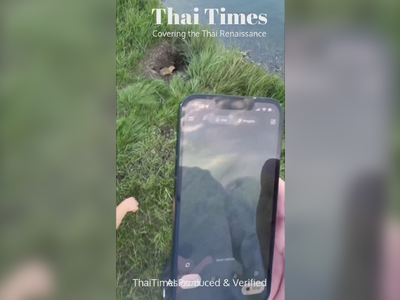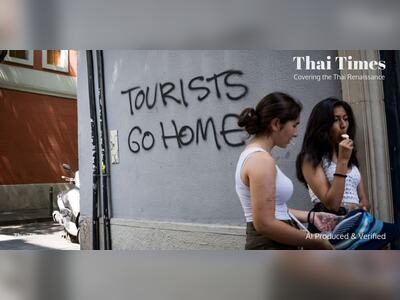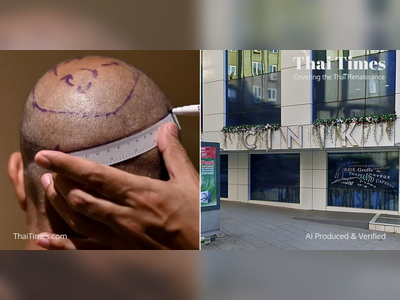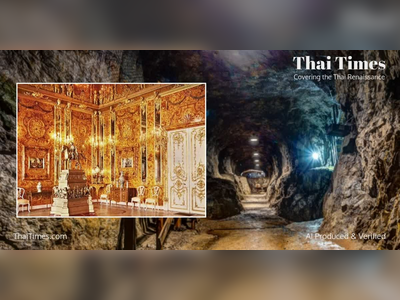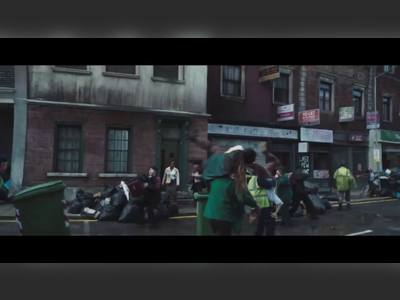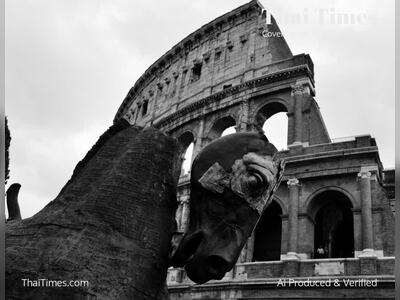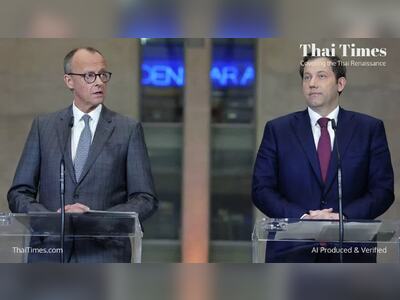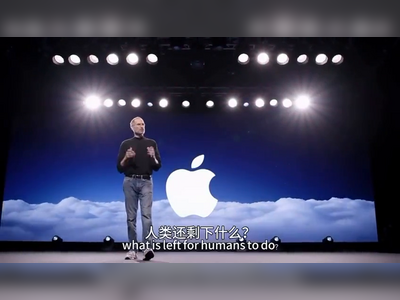Access Bangkok Art Fair: Catalyzing Thailand’s Cultural Renaissance
Thailand steps onto the global art stage, melding offline and online experiences with South Korean collaboration while tackling enduring bureaucratic hurdles.
The inaugural Access Bangkok Art Fair is more than just an exhibition; it represents Thailand’s assertive entry onto the global art stage, taking place at the opulent IconSiam.
This event is notable not only for its premier art showcases but also for its seamless integration of offline and online experiences.
The inclusion of artificial intelligence-powered tools and a digital twin platform by ARTUE underscores Thailand’s commitment not just to follow international trends, but to shape them.
Supported significantly by entities such as the Korean government’s cultural fund, this fair features a robust lineup of galleries from across Southeast Asia including prominent participants from South Korea.
This is emblematic of the kind of regional collaboration that can elevate the art market in this part of the world.
However, it is the involvement of the Thai government that truly signals a new era.
Recent tax reforms and a reduction in bureaucratic barriers have made it markedly easier for international galleries to participate, an obstacle that has long hindered Thailand’s art market.
Yet, this initiative raises questions of sustainability.
The ambitions to rival models like Frieze Seoul are bold.
However, Thailand appears to possess the foundational potential.
Participants such as Tang Contemporary Art, Nova Contemporary, and Richard Koh Projects highlight a vibrant start.
Thai enthusiasts’ substantial engagement with Korean culture hints at a symbiotic potential, positioning Bangkok as a potential cultural nexus.
Maintaining momentum is, of course, the next hurdle.
Frieze Seoul, now a benchmark, evolved through years of devoted investment and structured efforts.
Bangkok could indeed follow this path, but sustained infrastructure and engagement are crucial.
Exclusive events such as the VVIP dinner hosted by Kunsthalle Bangkok and the VIP party organized by MOCA Bangkok mark steps in the right direction.
The digital interface—the Online Viewing Room—extends the fair’s accessibility globally, even beyond its physical run.
It is an astute maneuver, yet while digital platforms have democratized art access, they cannot replicate the visceral experience of viewing art in person.
Rather, these platforms should be seen as complementary, expanding the reach to audiences unable to travel.
The burgeoning cultural ties fostered here between South Korea and Thailand promise substantial mutual benefits.
South Korean galleries bring international prestige while Thai counterparts display regional diversity.
By potentially positioning itself as a hub for Southeast Asian art, Bangkok could create significant economic and cultural ripple effects, harnessing art as a potent soft power tool that fosters mutual respect and understanding between cultures.
As the Access Bangkok Art Fair unfolds, one cannot overlook its vision—a future where Thailand stands prominent on the global cultural landscape.
For those present in Bangkok, the fair remains accessible to the public until the morrow, offering a profound glimpse into Thailand’s cultural ambitions.
It is an encounter with art and a testament to a nation ready for its place on the global art stage.
The advent of such an endeavor may very well herald the beginning of an extraordinary cultural renaissance.
This event is notable not only for its premier art showcases but also for its seamless integration of offline and online experiences.
The inclusion of artificial intelligence-powered tools and a digital twin platform by ARTUE underscores Thailand’s commitment not just to follow international trends, but to shape them.
Supported significantly by entities such as the Korean government’s cultural fund, this fair features a robust lineup of galleries from across Southeast Asia including prominent participants from South Korea.
This is emblematic of the kind of regional collaboration that can elevate the art market in this part of the world.
However, it is the involvement of the Thai government that truly signals a new era.
Recent tax reforms and a reduction in bureaucratic barriers have made it markedly easier for international galleries to participate, an obstacle that has long hindered Thailand’s art market.
Yet, this initiative raises questions of sustainability.
The ambitions to rival models like Frieze Seoul are bold.
However, Thailand appears to possess the foundational potential.
Participants such as Tang Contemporary Art, Nova Contemporary, and Richard Koh Projects highlight a vibrant start.
Thai enthusiasts’ substantial engagement with Korean culture hints at a symbiotic potential, positioning Bangkok as a potential cultural nexus.
Maintaining momentum is, of course, the next hurdle.
Frieze Seoul, now a benchmark, evolved through years of devoted investment and structured efforts.
Bangkok could indeed follow this path, but sustained infrastructure and engagement are crucial.
Exclusive events such as the VVIP dinner hosted by Kunsthalle Bangkok and the VIP party organized by MOCA Bangkok mark steps in the right direction.
The digital interface—the Online Viewing Room—extends the fair’s accessibility globally, even beyond its physical run.
It is an astute maneuver, yet while digital platforms have democratized art access, they cannot replicate the visceral experience of viewing art in person.
Rather, these platforms should be seen as complementary, expanding the reach to audiences unable to travel.
The burgeoning cultural ties fostered here between South Korea and Thailand promise substantial mutual benefits.
South Korean galleries bring international prestige while Thai counterparts display regional diversity.
By potentially positioning itself as a hub for Southeast Asian art, Bangkok could create significant economic and cultural ripple effects, harnessing art as a potent soft power tool that fosters mutual respect and understanding between cultures.
As the Access Bangkok Art Fair unfolds, one cannot overlook its vision—a future where Thailand stands prominent on the global cultural landscape.
For those present in Bangkok, the fair remains accessible to the public until the morrow, offering a profound glimpse into Thailand’s cultural ambitions.
It is an encounter with art and a testament to a nation ready for its place on the global art stage.
The advent of such an endeavor may very well herald the beginning of an extraordinary cultural renaissance.
